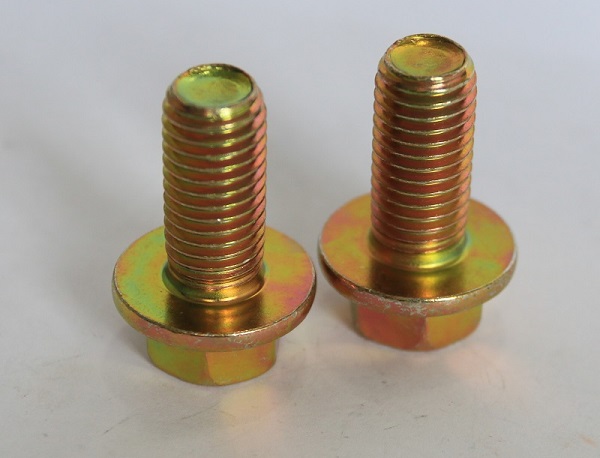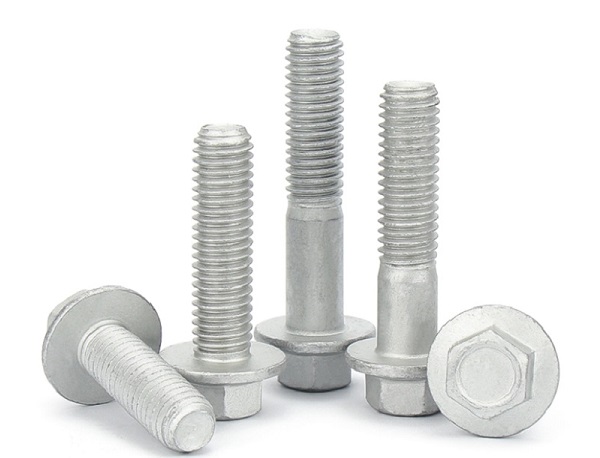What are the differences between fully threaded flange bolts and partially threaded flange bolts in terms of performance and application?
一、Performance difference
**Thread distribution**:
- Fully threaded flange bolts: The entire length is covered with threads and there is no smooth part. This design enables the bolt to provide uniform clamping force during connection and is suitable for places requiring high-strength connections.

- Partially threaded flange bolts: The thread length is shorter and threads are only formed on a part of the bolt, while the other part is a flat head or a smooth part. This structure is relatively simple but may not be as uniform as fully threaded bolts in providing clamping force.
**Strength and corrosion resistance**:
- Although both may have similar material choices, fully threaded bolts generally have higher strength and better corrosion resistance due to the threads covering the entire length, especially when under pressure from media such as water, gas, and oil.
- Partially threaded bolts also have certain strength and corrosion resistance but may be relatively weaker and are more suitable for connecting media with low pressure and temperature.
**Preload**:
- Fully threaded flange bolts can bear higher preload due to the large ratio of support area to stress area and have better anti-loosening performance.
- The preload of partially threaded flange bolts may be relatively lower and the anti-loosening performance is relatively weaker.
二、Application differences
**Usage scenarios**:
- Fully threaded flange bolts are widely employed in connecting diverse flanges and pipes. Particularly, they are used in key equipment connections in industries like petroleum, chemical, and electric power that must endure significant pressure and tension due to their high strength and corrosion resistance.
- Partially threaded flange bolts, with their relatively simple structure and lower cost, are more appropriate for connecting media with low pressure and temperature, such as the connection of some low-pressure pipes or auxiliary equipment.
**Fastening effect**:
- Fully threaded bolts provide uniform clamping force during assembly and are suitable for places requiring high-strength connections, ensuring the stability and safety of the connection.
- Although partially threaded bolts can also achieve the connection function, their fastening effect may be slightly inferior to that of fully threaded bolts, especially in occasions requiring higher fastening force.
**Assembly cost**:
- Generally, fully threaded bolts have a higher production cost because more materials are needed to manufacture threads over the entire length.
- Partially threaded bolts have relatively lower production costs due to less material usage and are suitable for use in cost-sensitive applications.
In conclusion, there are obvious differences between fully threaded flange bolts and partially threaded flange bolts in terms of performance and application. When choosing, comprehensive considerations should be made based on factors such as specific usage scenarios, connection requirements, and cost budgets.




